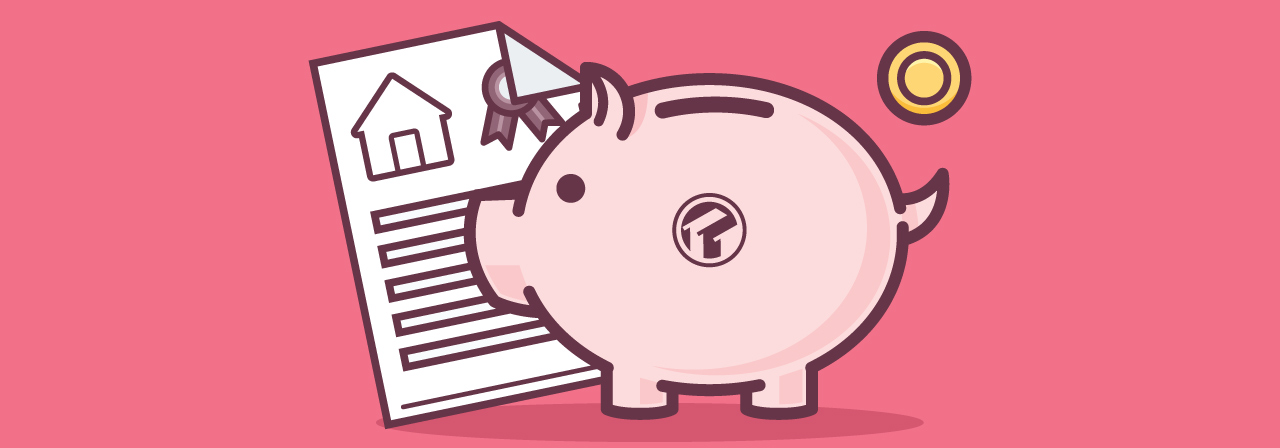For most of us, our housing is one of the largest monthly outflows we have and saving after paying the rent can seem like a far fetched idea. As a matter of fact, as a rule of thumb, you should budget for somewhere around 30% of your pretax income to account for your housing. Of course, that’s more of a worst-case scenario, but nevertheless mortgages, rent, and housing in general are a huge expenses.
If you have a mortgage already, how can you put away some money for either a rainy day or for something bigger such as retirement or a new possession? That’s what we’re exploring in today’s blog post.
1. Take Inventory
When looking at where you can put away savings, it’s important to start with your income and cash outflows. Follow the money trail and you’ll likely see that there are substantial savings right before your eyes.
If you’re not the most diligent spender-saver tracker, consider using a free app such as Intuit’s Mint which can link directly to your bank accounts, mortgage accounts, investments, and credit cards to tell you exactly where you stand financially. A good couple of Minty months can tell a big story about your financial inventory.
2. Start Small
Once you know where you can cut back on your expenses, start saving but not all at once. Taking too much of your income and putting into savings can seem a little restrictive if done in a huge lump sum. Instead, consider setting up recurring bank transfers, investments, or deposits on the day you get paid. It will be as though the money was never there in the first place!
3. Leverage Micro-Investing
Saving money in a savings or money market account is a great start, but more often than not you’ll find that the value of your savings doesn’t noticeably appreciate. Enter micro-investing. Micro-investing is a relatively new way to save money while getting an equity-based return on your savings.
Apps such as Stash, Acorn, and Finhabits make it super easy for you to set up automatic drafts and automatic investments. Best of all, these apps lump your weekly investment with thousands of other investors giving you access to some great funds without meeting the exorbitant minimums to invest.
4. Know Where to Cut Back
Often times, we place limits on ourselves when it comes to saving for our futures or saving for our dreams; however, know where to cut back. Generally speaking, we spend a lot of money on food: everything from groceries, to dining out, to a weekly (daily) Starbucks run. Cutting back those expenses are a great place to start, but don’t starve yourself.
We mean that in a figurative sense, of course. If Starbucks is part of your daily ritual, stick with it, but know that there are some places you can cut back. For example, are those organic carrots from Whole Foods really going to make the difference in your diet? Just some “food” for thought.
5. Refinance Your Existing Mortgage
One place you can definitely save some cash is by refinancing your mortgage for a lower interest rate. Of course, by simply decreasing expenses, you don’t necessarily save money. It’s the physical act of putting that money into savings and putting that money to work that ultimately that makes all the difference.
If you’re ready to look into refinancing or perhaps you just need advice on your first mortgage, Tidewater Mortgage Services, Inc. is here to help. Get pre-qualified for a refi or new mortgage through our online application. It’s free, easy, and may save you some serious money!


